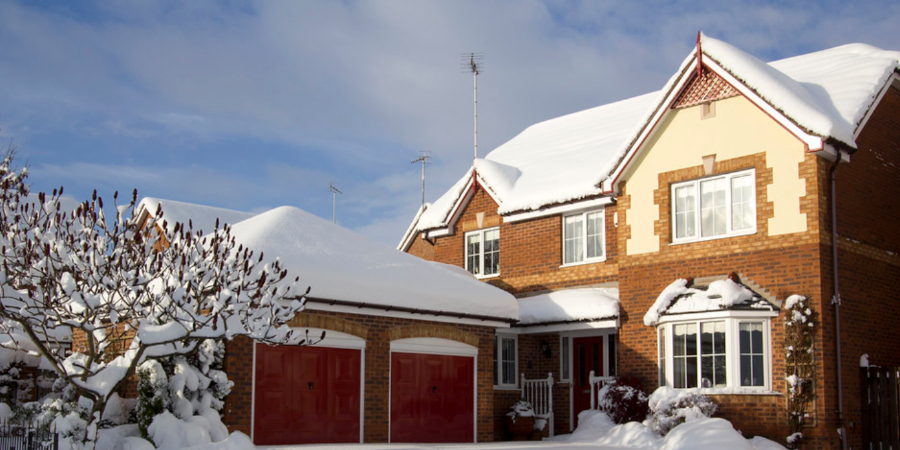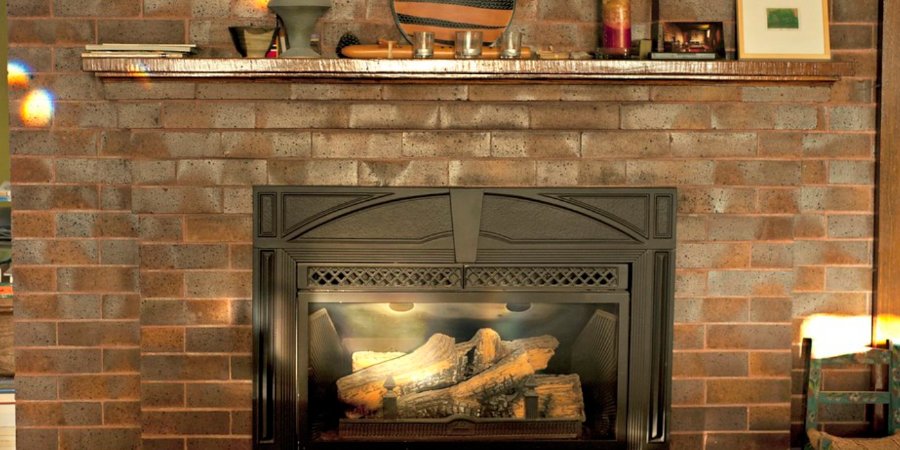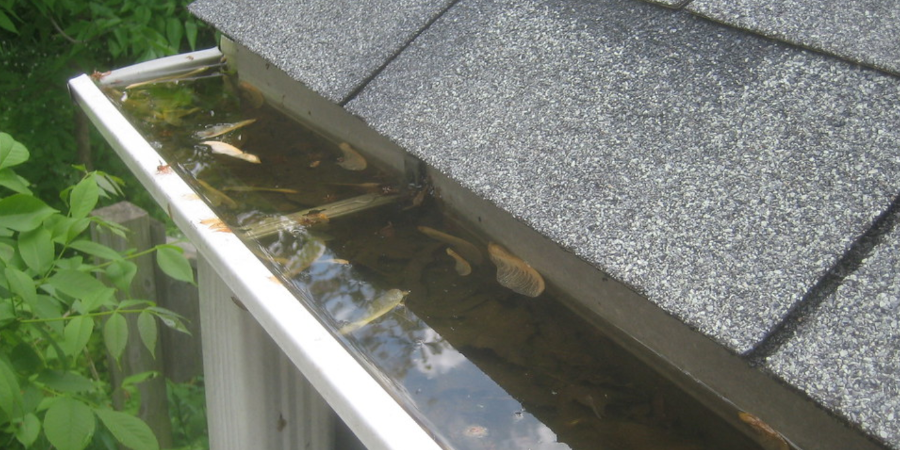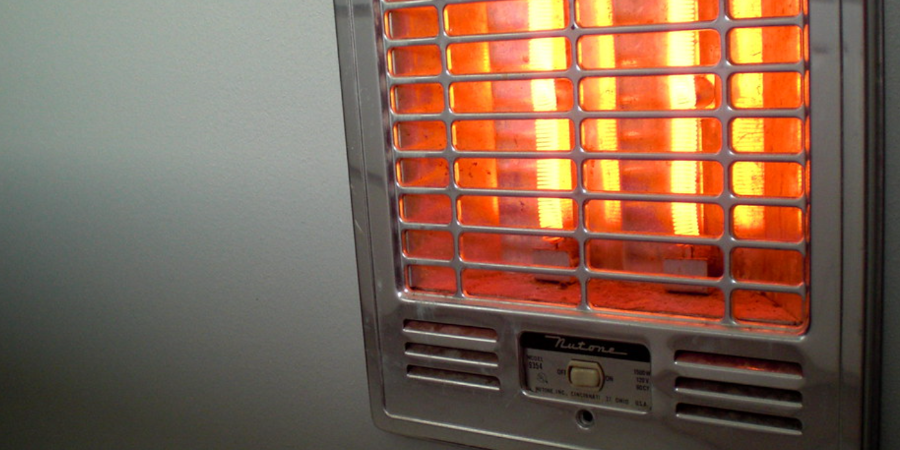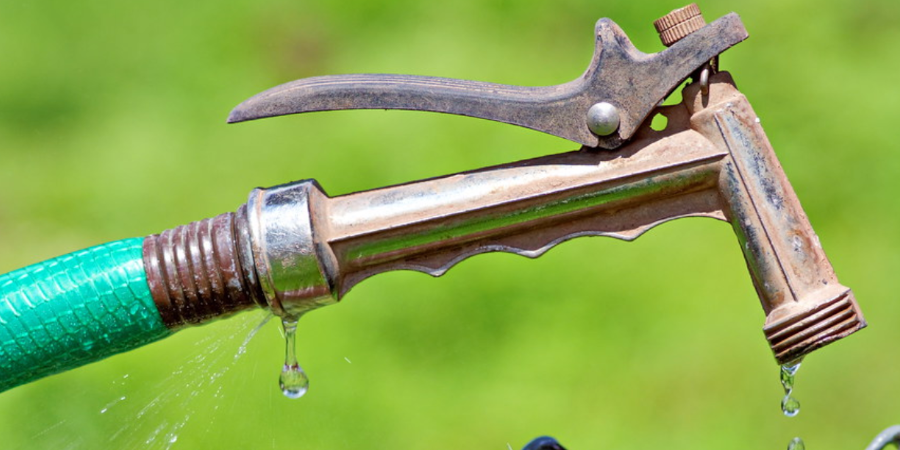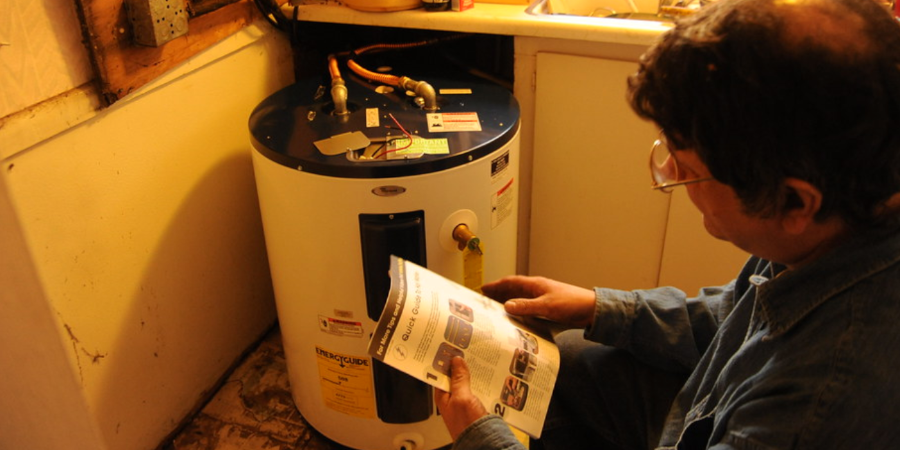When winter is closer and the weather starts to get cold, you will want to protect your home as best as you can. Cold temperatures and moisture can cause severe damage in many different areas of your house, and if you aren’t prepared for them, you can end up with costly repairs to make. Knowing how to winterize your home can help you avoid this.
In this article, we have laid out some of the best ways you can prepare your house for winter weather. By taking all of these steps, you can be sure that all the different areas of your house are ready to go when the temperature drops.
Why Winterize Your Home?
Winterizing your home is important, especially if you live in an area where temperatures get below freezing. When water freezes, it expands, which can crack housings and cause leaks you might not notice until the weather gets warm again. You may also see freezing on things like pipes and steps. Making sure that this doesn’t happen is a crucial part of winterizing your home.
There are also things you use in the winter that may have been left dormant throughout the spring and summer. It can lead to a buildup of dust and debris that will need to be cleaned so you can prepare for its use.
A Step-By-Step Guide On How to Winterize Your Home
Step One: Check Your Fireplace
Image credits: HomeSpot HQ via Creative Commons
The first thing you should do when winterizing your home is to check your fireplace and chimney if they are clear. During the warmer months, animals like raccoons and opossums can get into these areas and build nests. When you go to start a fire, this could present a serious hazard.
Use a flashlight and look up into your chimney to check for any dirt or debris. Nests will usually be made of branches and leaves and should be easy to spot. If you aren’t sure, it is always best to hire a professional chimney sweep to be certain it is clear.
Step Two: Clean the Gutters
Image credits: akeg via Creative Commons
During the dryer months, leaves and dirt will end up accumulating in your gutters. It is especially true during the fall when trees are molting. You must clear this debris out and make sure you have clean gutters that can drain properly.
If your gutters are clogged, they could end up overflowing. When this happens, water accumulates on your roof and causes deterioration and other damage. It will also be a perfect breeding ground for pests like mosquitoes and gnats when the weather gets warmer.
Step Three: Change Air Filters
Image credits: timlewisnm via Creative Commons
Your heating units have air filters that catch all the debris and dust in the air and keep it from getting inside the unit mechanism. These need to be cleaned or changed regularly to keep them efficient. If they become clogged, you won’t be able to run your heater at the efficiency you need to heat your home.
Some heaters use disposable filters. If you have these, you can simply throw away the old ones and replace them. However, some of them have permanent filters that can be cleaned. Wash them with soap and water and dry them thoroughly before reinstalling them.
Step Four: Store Hoses
Image credits: Mark Turnauckas via Creative Commons
If you have any garden hoses that you use regularly, make sure they are emptied and stored away for the winter. Any water left inside them will freeze over the winter. It will cause them to burst or split, and they will need to be replaced every year. Make sure you drain them completely and wrap them tightly before storing them in your garage or shed.
Step Five: Flush Your Water Heater
Image credits: Wonderlane via Creative Commons
Your hot water tank will have a build-up of sediment that happens during the warmer months. When the winter starts to approach, it is best to flush out the water that has been in there and refill it. It is an easy process and can be done by just about anyone.
The water heater will have a spout on the side with a hose attachment. Attach your garden hose to the spout and let it drain somewhere safe. Then, release the valve and allow the water to completely drain out. Once it is empty, the heater will automatically refill.
Keep Your Home Safe All Winter
Winterizing your home is the best way to protect it when the weather gets cold. Taking the time to prepare yourself and your house will help you avoid costly repairs and serious issues. Cold weather can wreak havoc on your home, and making sure you are ready is the best defense against it.
Do you have winterizing tips for your home that you love? Let us know about them in the comment section below!

